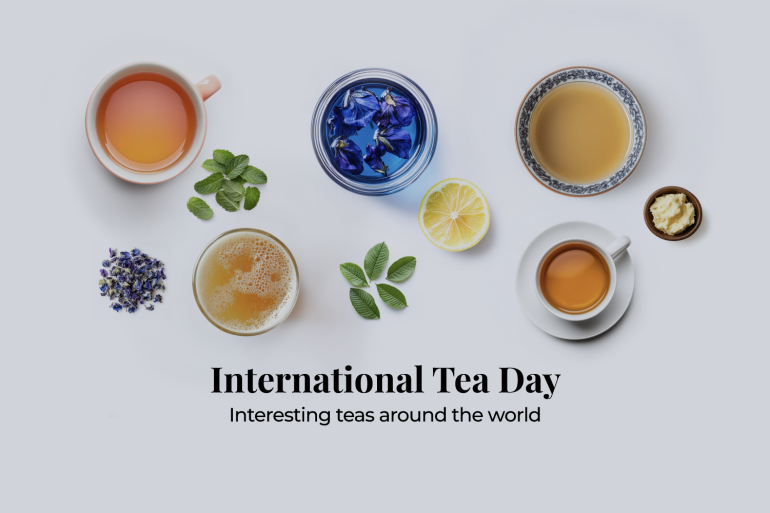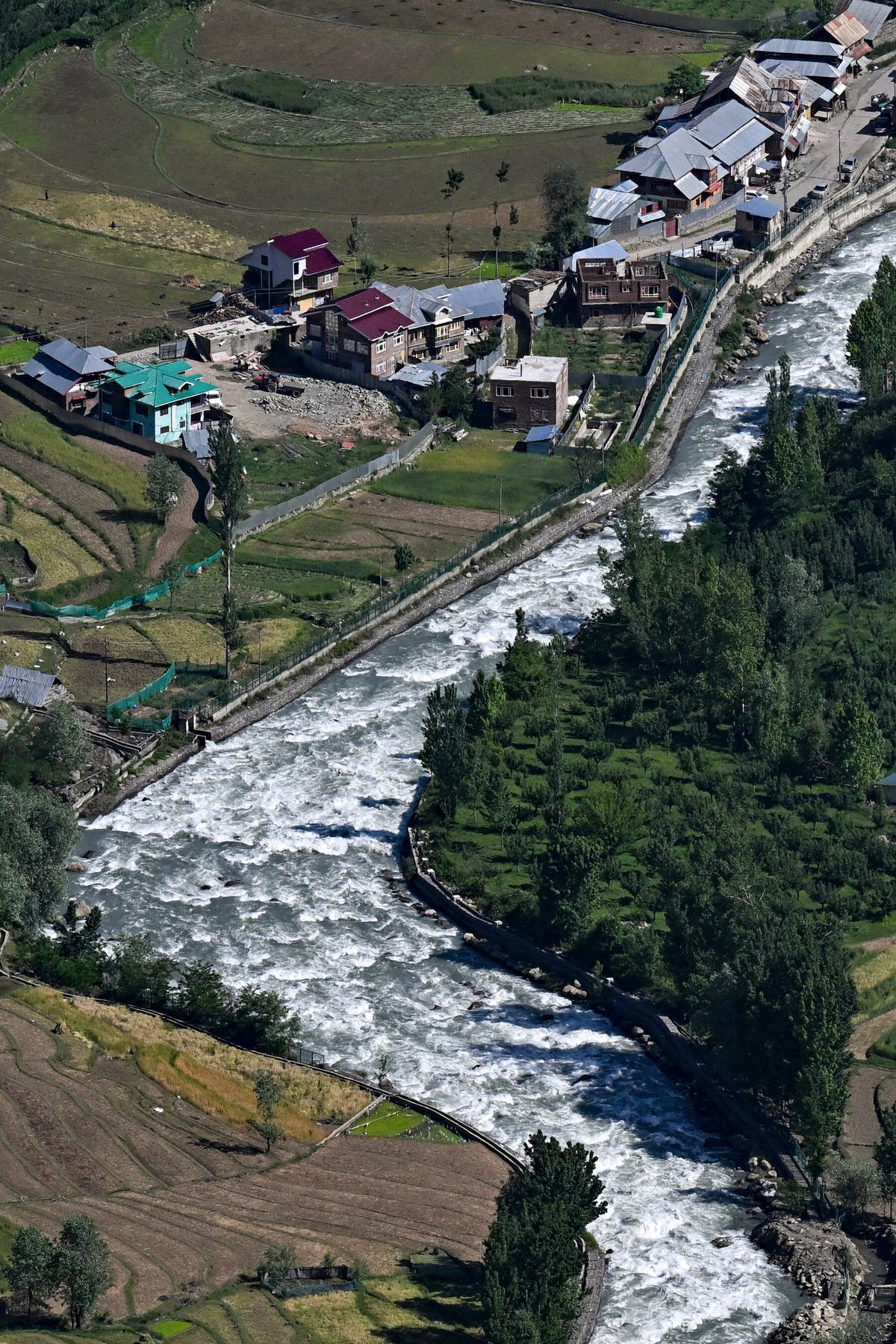As the world celebrates International Tea Day on May 21, 2025, tea lovers across the globe are raising their cups to honor a drink that has both united cultures and delighted taste buds for centuries. But while many are familiar with the classic black, green, or oolong teas, Al Jazeera spotlights some of the most unusual and culturally distinct teas consumed around the world — from fermented jungle brews to buttery Himalayan infusions.
“Tea is not just a beverage — it’s a window into history, tradition, and identity,” said Dr. Anisa Rahman, a food anthropologist. “These rare teas reflect the diversity of human experience.”
Pu-erh Tea – China
Originating in China’s Yunnan province, Pu-erh tea is a fermented and aged tea made from sun-dried leaves. Valued for its earthy flavor and probiotic benefits, it is often sold in compact “tea cakes” and consumed by those seeking both taste and digestive health.
Some aged varieties sell for thousands of dollars, and connoisseurs say the tea gets better with time, much like fine wine.
Butter Tea – Tibet & Himalayas
Known locally as Po Cha, this salty, buttery drink is made by churning tea leaves with yak butter and salt, creating a thick, warming beverage suited for high-altitude life. Common in Tibet, Bhutan, and parts of Nepal, butter tea is both hydrating and a crucial source of fat and calories in frigid climates.
“For Himalayan communities, butter tea is a daily ritual — it’s comfort in a cup,” explained a local guide from Lhasa.
Bamboo Leaf Tea – Indonesia
In parts of Indonesia, bamboo leaves are dried and brewed into a mildly sweet, grassy tea known for its cooling properties and traditional use in herbal medicine. Often mixed with other forest herbs, this tea is used to reduce fever, improve digestion, and purify the body.
The preparation is entirely eco-friendly, with leaves harvested by hand and dried naturally under the sun.
Kombucha – Global Origins
Once a fringe health trend, Kombucha — a fermented tea made with a symbiotic culture of bacteria and yeast (SCOBY) — has gone mainstream worldwide. Originating centuries ago, possibly in China or Eastern Europe, the drink is now praised for its tangy taste and claimed probiotic benefits.
Modern versions include flavors like ginger, hibiscus, or lavender, and are stocked in supermarkets from Tokyo to Toronto.
Roasted Barley Tea – Korea & Japan
In South Korea (where it’s called bori-cha) and Japan (mugicha), roasted barley tea is a caffeine-free staple made by boiling toasted barley grains. The result is a nutty, slightly bitter tea that’s served hot in winter and cold in summer.
Beyond hydration, it’s believed to aid digestion and reduce blood sugar, making it a popular choice across all age groups.
Black Ivory Tea – Thailand
Perhaps the rarest and most expensive tea in the world, Black Ivory Tea is produced in northern Thailand using elephants to ferment the tea leaves in their digestive systems. The leaves are consumed by elephants and later retrieved (yes, from their dung), cleaned, and dried.
With a mellow, chocolatey flavor, this luxurious tea is sold at nearly $1,000 per kilogram — a controversial delicacy that raises both ethical and ecological questions.
A Global Brew
According to the United Nations, tea is the most consumed beverage after water, with more than 3 billion cups drunk every day. International Tea Day, launched by the UN in 2019, aims to recognize tea’s role in sustainable development, rural livelihoods, and cultural heritage.
“Tea brings people together across borders,” said a UN representative. “It’s a drink of peace, community, and resilience.”
As tea lovers around the world sip and celebrate, International Tea Day is a reminder that beyond the mugs and infusions lies a rich global story — one brewed over thousands of years, and still steeping strong today.



